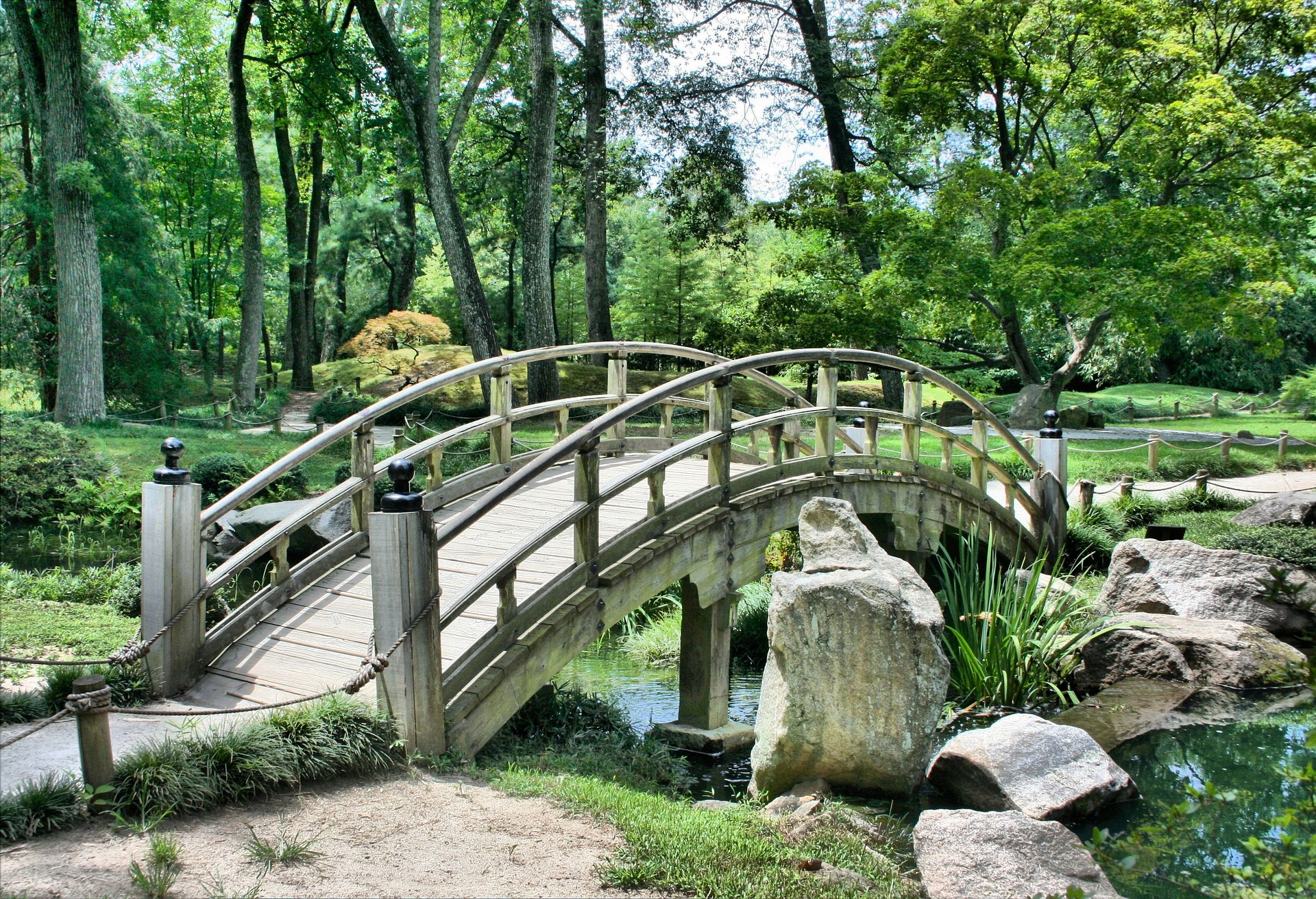The Whimsical World of Wabi-Sabi Gardening
In a world obsessed with perfection, a captivating trend is taking root in gardens across America. Wabi-sabi, the Japanese philosophy celebrating imperfection and transience, has found its way into the heart of home horticulture. This article delves into the enchanting realm of wabi-sabi gardening, exploring how embracing nature's imperfections can create spaces of unparalleled beauty and serenity.

Origins and Philosophy of Wabi-Sabi
Wabi-sabi finds its roots in 16th century Japanese tea ceremonies, where the deliberate use of imperfect, handmade utensils was prized over ornate, mass-produced items. The term wabi originally referred to the loneliness of living in nature, while sabi denoted the passage of time or withering. Together, these concepts evolved to represent a worldview that embraces the imperfect, impermanent, and incomplete.
In gardening, wabi-sabi translates to an approach that celebrates the natural cycle of growth, decay, and renewal. It’s about finding beauty in the weathered patina of a stone lantern, the gentle curve of a wind-bent tree, or the mossy cracks in a garden path. This philosophy stands in stark contrast to the manicured lawns and symmetrical flowerbeds that have long dominated Western landscaping.
Key Elements of Wabi-Sabi Gardens
Wabi-sabi gardens are characterized by their naturalistic approach and use of organic materials. Key elements include:
Asymmetry: Unlike traditional Western gardens that often emphasize symmetry, wabi-sabi gardens embrace irregular shapes and layouts. This might manifest in meandering pathways, oddly-shaped ponds, or deliberately mismatched plantings.
Natural Materials: Stone, wood, and other organic materials are used in their raw, unpolished state. Think of weathered driftwood as garden art, or rough-hewn stone steps leading through a wild meadow.
Native Plants: Wabi-sabi gardening prioritizes plants that naturally thrive in the local environment. This not only creates a more sustainable garden but also one that changes dramatically with the seasons, embodying the transient nature of wabi-sabi.
Patina and Weathering: Instead of fighting against the effects of time, wabi-sabi gardeners embrace them. Rusted metal sculptures, lichen-covered rocks, and weathered wooden structures are all celebrated for their lived-in beauty.
Implementing Wabi-Sabi Principles in Your Garden
Creating a wabi-sabi garden doesn’t mean neglecting your outdoor space. Rather, it’s about cultivating a mindful approach to gardening that works with nature, not against it. Here are some ways to incorporate wabi-sabi principles:
Embrace Imperfection: Allow plants to grow naturally without excessive pruning. Let leaves fall where they may, creating natural mulch. Appreciate the beauty of a crooked tree or an asymmetrical flower bed.
Incorporate Age and Decay: Instead of discarding old garden elements, repurpose them. An old wooden ladder can become a trellis for climbing plants, while a cracked ceramic pot can house a charming succulent garden.
Use Subdued Colors: Wabi-sabi gardens often feature muted, earthy tones. Think soft greens, browns, and grays, with occasional pops of subtle color from native wildflowers.
Create Mindful Spaces: Incorporate areas for reflection and meditation. A simple bench placed thoughtfully in a quiet corner can become a sanctuary for contemplation.
The Benefits of Wabi-Sabi Gardening
Adopting a wabi-sabi approach to gardening offers numerous benefits, both practical and spiritual:
Reduced Maintenance: By working with nature rather than constantly battling against it, wabi-sabi gardens often require less intensive maintenance than traditional landscaped spaces.
Environmental Sustainability: The focus on native plants and natural materials makes wabi-sabi gardens more eco-friendly and supportive of local ecosystems.
Stress Reduction: The acceptance of imperfection and change that’s central to wabi-sabi can help reduce stress and anxiety associated with maintaining a picture-perfect garden.
Deeper Connection with Nature: Wabi-sabi gardening encourages a more intimate relationship with the natural world, fostering a greater appreciation for the subtle changes that occur throughout the seasons.
Challenges and Considerations
While wabi-sabi gardening offers a liberating approach to outdoor spaces, it’s not without its challenges. Neighbors accustomed to manicured lawns might misinterpret a wabi-sabi garden as neglected. Additionally, balancing the fine line between artful imperfection and genuine disorder requires a keen eye and thoughtful approach.
To address these challenges, consider creating clear intentional elements within your wabi-sabi garden. A well-placed stone pathway or a carefully positioned water feature can signal that the space is deliberately designed, even if it appears wild at first glance.
The Future of Wabi-Sabi in American Gardens
As more homeowners seek to create outdoor spaces that are both beautiful and low-maintenance, wabi-sabi gardening is poised to gain popularity in the United States. This approach not only offers a refreshing alternative to high-maintenance landscaping but also aligns with growing interests in mindfulness, sustainability, and connecting with nature.
The wabi-sabi philosophy extends beyond the garden, influencing interior design and lifestyle choices. As such, embracing wabi-sabi in the garden can be the first step towards a more holistic approach to living that values simplicity, authenticity, and harmony with the natural world.
In conclusion, wabi-sabi gardening offers a poetic and practical approach to cultivating outdoor spaces. By embracing imperfection, celebrating the passage of time, and working in harmony with nature, gardeners can create landscapes that are not only beautiful but deeply meaningful. As we navigate an increasingly complex and fast-paced world, the gentle wisdom of wabi-sabi reminds us to find beauty in the simple, the imperfect, and the ever-changing dance of life in our own backyards.





